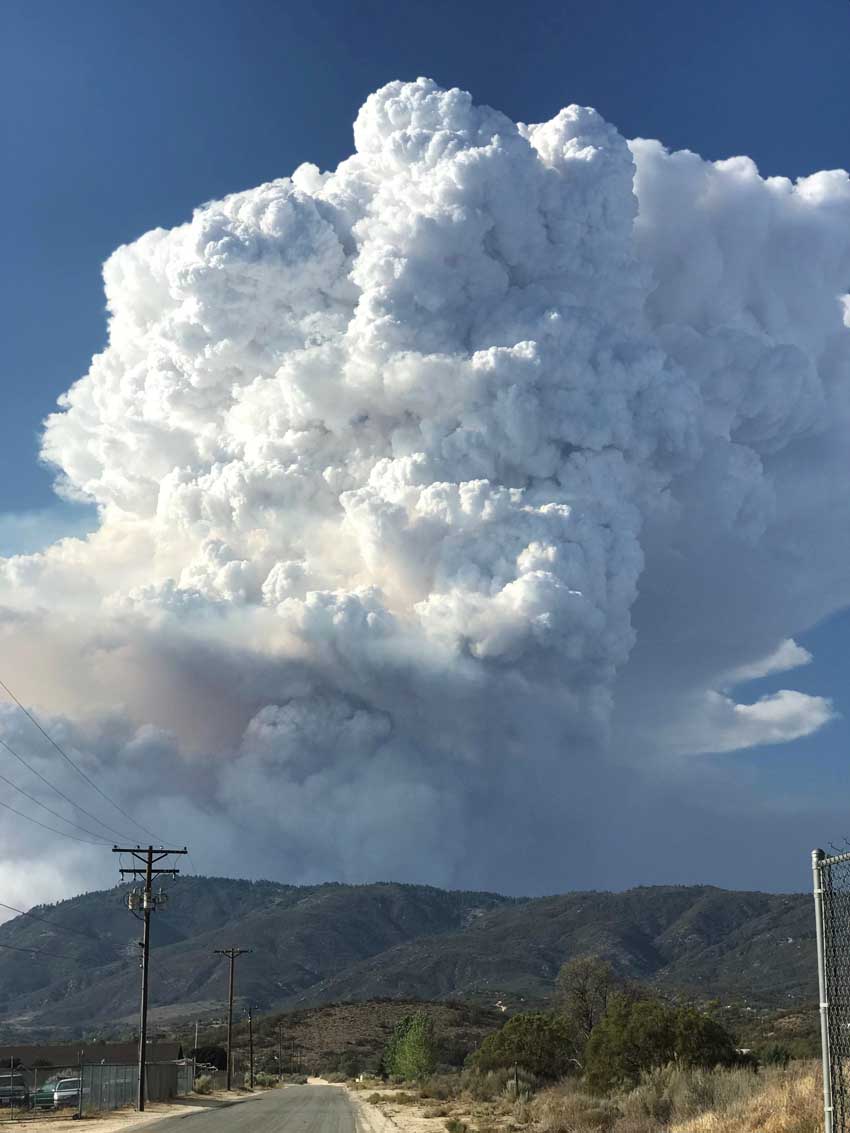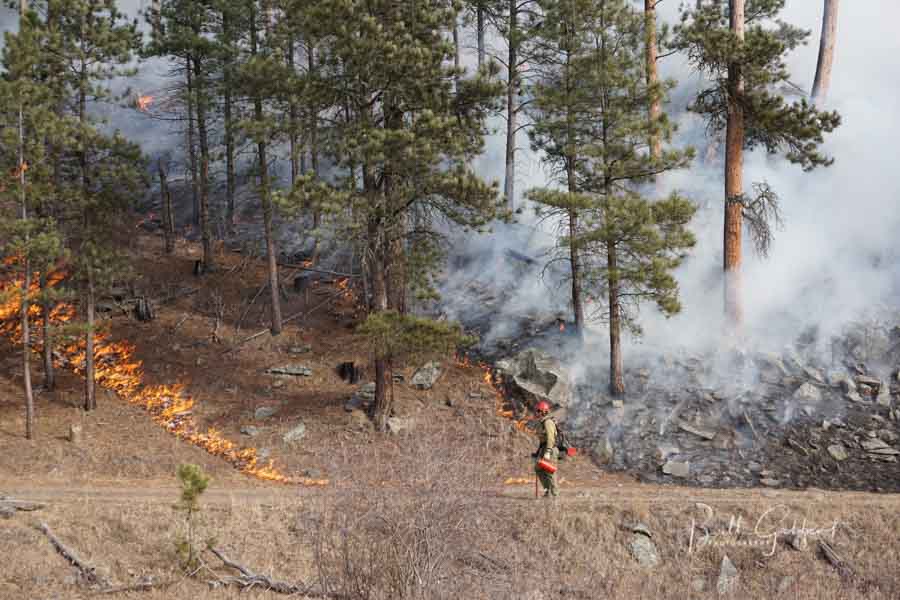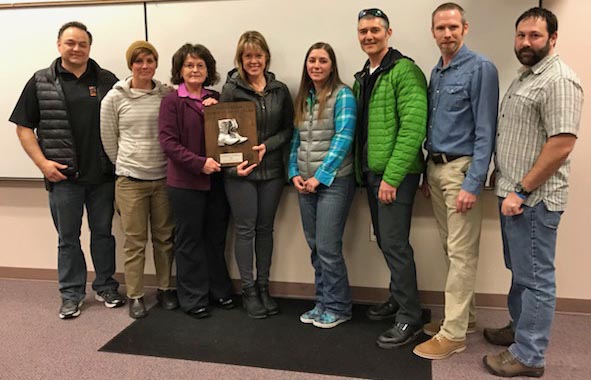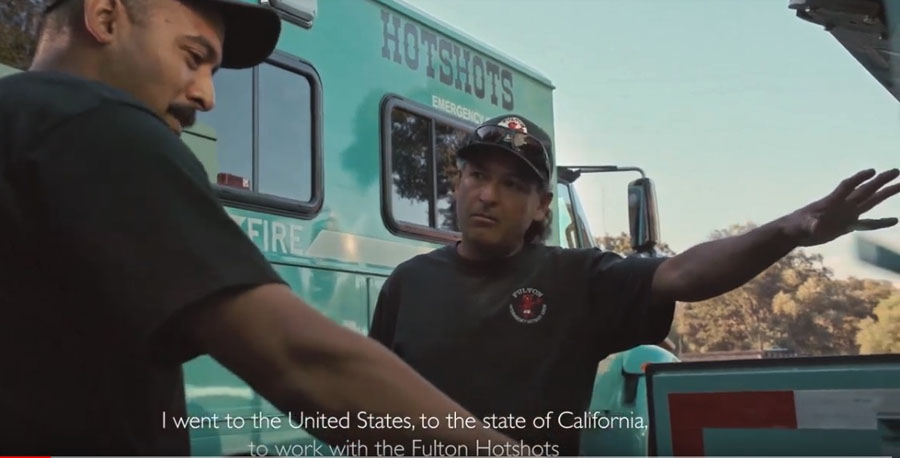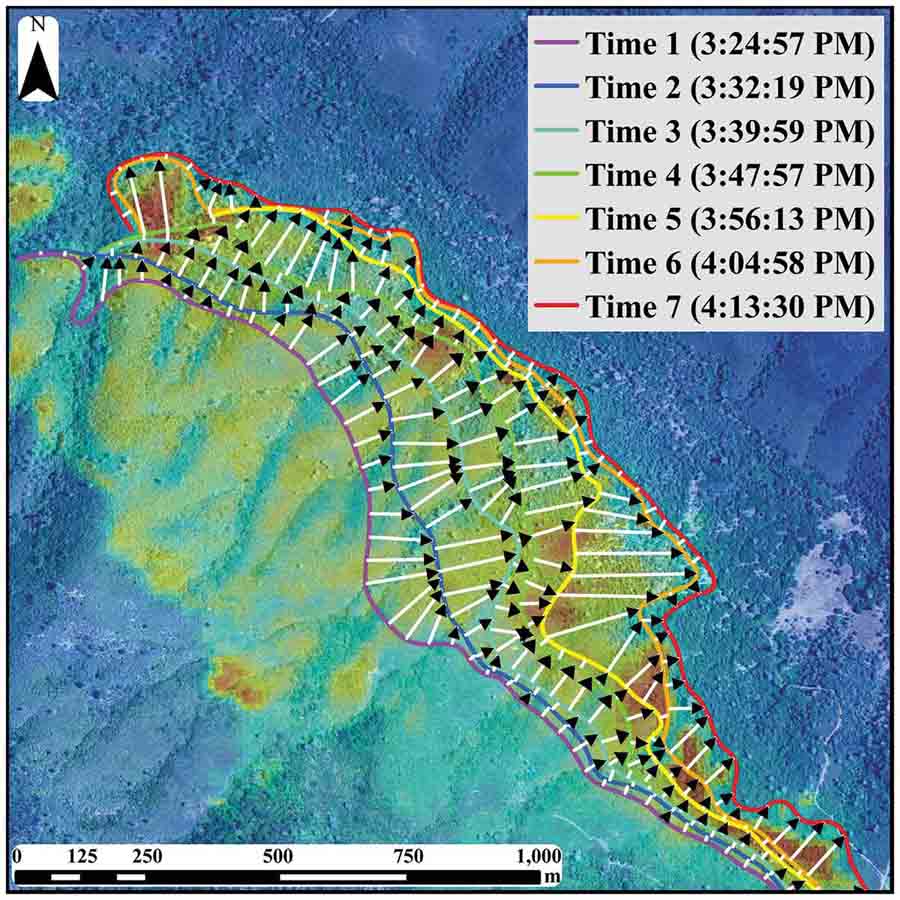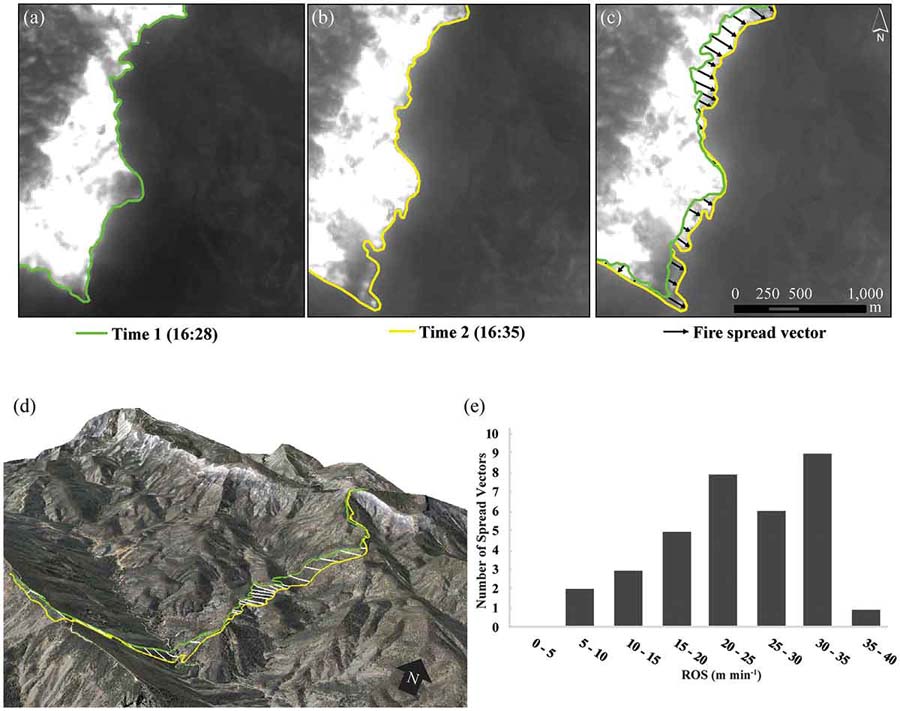
The U.S. Forest Service is planning a 75,000-acre project in central Washington intended to restore forest health, reduce wildfire risk, improve wildlife habitat, and improve watershed function on a landscape scale.
The area is northwest of Wenatchee and north of Leavenworth.
The work may include both terrestrial and aquatic components such as prescribed fire, stream improvement, road system work, as well as commercial and non-commercial thinning.
Much of the area within the perimeter of the project does not have a fire history recorded within the last several decades.
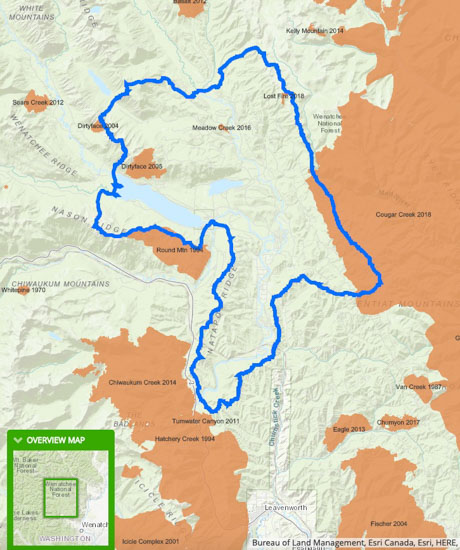
“With collaboration and sound science, it is possible to move towards a sustainable landscape that is better for the forest and communities alike” said Wenatchee River District Ranger Jeff Rivera. “We want to hear from you early on about wildlife, fish, fire, roads, and other important considerations for this landscape and the people who use it and live by it.”
Forest Service staff will be on hand to answer questions and share an interactive map at an open house Tuesday March 12, 2019 from 6-7:30 pm at the Lake Wenatchee Recreation Club at 14400 Chiwawa Loop Road Leavenworth, WA. This meeting will also be available via Facebook Live. The 30-day formal scoping comment period began February 25, 2019. A draft Environmental Analysis is expected in the fall of 2019.

